In the quiet landscape of Vedbæk, Denmark, where the breeze moves gently across lakes and meadows, archaeologists uncovered one of the most moving burials ever found from prehistoric Europe. Beneath layers of soil, preserved for more than seven millennia, lay the remains of a young woman and her newborn child — a discovery that speaks not only to ancient ritual, but to the timeless bond between mother and child, life and death.
Dating back nearly 7,000 years, this Mesolithic-era burial is among the most poignant ever discovered. The young woman, estimated to be about 20 years old, was laid to rest with extraordinary care. Around her head, archaeologists found 200 red deer teeth, arranged with precision and likely sewn into a headdress or placed as ornaments. Such items were rare and valuable, symbolizing status, respect, or spiritual significance within her community.
Beside her, the remains of her infant child were discovered — an interment unlike any other. The baby had been carefully placed in the wing of a swan, as if swaddled in nature’s own embrace. A small flint blade, no longer than a few centimeters, was positioned near the child’s hip — a symbolic offering, perhaps meant to protect or guide the newborn in the afterlife.
A Window Into Mesolithic Life

The Vedbæk burial site, located near modern-day Copenhagen, has long been known as a rich archaeological zone, revealing how Mesolithic hunter-gatherers lived, hunted, and honored their dead. Yet this particular grave, often referred to as the “Mother and Child Burial,” stands apart for its emotional depth and the insight it offers into early human compassion.
Carbon dating places the burial between 6000 and 7000 years ago, during a time when small bands of hunter-gatherers roamed the forests and coastlines of Northern Europe. These communities relied heavily on fishing, foraging, and seasonal hunting, moving with the rhythms of nature. Despite the harshness of their environment, they displayed remarkable artistry, cooperation, and social care — qualities vividly reflected in this burial.
Archaeologists believe that the woman and child died together, likely during childbirth. This theory is supported by the positioning of the skeletons and the close proximity of the remains. In Mesolithic societies, maternal death was tragically common. Yet what makes this discovery extraordinary is the grace and symbolism evident in the burial — proof that even in the earliest chapters of human history, people grieved, honored, and remembered their dead with profound emotion.
The Swan’s Wing: Symbol of Protection and Passage
Of all the grave’s details, none has stirred more imagination than the swan’s wing. In Mesolithic mythology, birds — particularly swans — often held deep spiritual meaning. To ancient people, they symbolized purity, protection, and the connection between worlds. Swans migrate vast distances, gliding between land, water, and sky; to early Europeans, they may have represented the journey of the soul from the earthly realm to the spirit world.
Placing the baby within the wing may have served as both a comfort and a prayer — a wish that the child would be carried safely beyond life, shielded by nature’s gentlest guardian. The small flint knife, in turn, could signify readiness, strength, or the continuation of life’s journey.
Dr. Lise Frost, an archaeologist specializing in prehistoric burial practices, described the find as “a breathtaking glimpse into the emotional intelligence of early humans.” In an interview, she remarked, “They didn’t just bury their dead — they created moments of meaning. Every artifact, every gesture, carried love, grief, and hope. It shows us that empathy isn’t a modern invention. It’s ancient.”
Artifacts of a Vanished World
The 200 red deer teeth discovered near the woman’s head are another testament to symbolic craftsmanship. Archaeologists believe they may have adorned a ceremonial headdress or necklace. In Mesolithic Europe, such decorations required immense effort — each tooth painstakingly shaped and perforated by hand, often traded across long distances.
Their inclusion suggests that the young woman was highly respected within her group, possibly a figure of social or spiritual significance. Red deer, among the most hunted animals of the time, also held symbolic weight — representing vitality, fertility, and continuity with the natural world.
Additional items found nearby — fragments of bone tools, flint points, and shells — offer clues about the community’s daily life. The Vedbæk site shows that these people were not merely surviving; they were creating culture, expressing identity, and forming emotional bonds that transcended survival itself.
A Glimpse of Humanity Across Millennia
The story of the Vedbæk mother and child is often cited as one of the earliest known examples of human tenderness preserved in the archaeological record. Unlike monumental tombs or warrior burials, this grave tells a quiet story — one of ordinary people, love, and loss.
For archaeologists, such discoveries are more than scientific data. They are moments of connection that dissolve the distance between past and present. Standing before the excavated remains, researchers often describe a powerful sense of empathy — a recognition that the grief and affection felt by this small Mesolithic community mirror emotions we still experience today.
Dr. Frost explains, “This is not just prehistory — it’s human history. When we study these burials, we’re seeing ourselves reflected back through time. The sorrow of losing a child, the care taken to ensure comfort in death — those feelings are eternal.”
What the Burial Teaches Us
From a scientific perspective, the Vedbæk burial provides invaluable evidence about Mesolithic ritual behavior, maternal mortality, and the emergence of symbolic thought. It suggests that even in mobile, egalitarian societies, individuals were honored for their role within the group, and death was treated as a passage rather than an end.
The site also deepens our understanding of early spiritual practices. The careful arrangement of bones and artifacts implies belief in an afterlife or spiritual continuation. Whether rooted in animism, ancestor worship, or proto-religious symbolism, it’s clear that these early communities found meaning in death — a sign of complex cognition and emotional expression.
Beyond academia, this discovery has become a touchstone for the public imagination. Museums in Denmark and across Europe have featured reconstructions of the burial, allowing visitors to witness the tenderness of that ancient moment. The exhibit, often bathed in soft light, captures the image of the woman and her child — still together, still embraced after seven thousand years.
The Legacy of Vedbæk
Today, the Vedbæk Finds Museum, located near the original excavation site, preserves the story of the Mesolithic people who once lived along Denmark’s ancient shoreline. The “Swan Mother” — as the young woman is now affectionately called — has become a symbol of both the fragility and endurance of human life.
Her story reminds us that even in an age before writing, agriculture, or cities, our ancestors felt the same depth of emotion we do. They mourned their loved ones, honored their dead, and sought to give meaning to the mysteries of existence.
As archaeologists continue to study the Vedbæk burial, they do so not only with scientific precision but with reverence. For beneath the soil of Denmark lies not just an artifact, but a message — one carried across time, written not in words but in gesture. It tells us that love and loss are as old as humanity itself, and that even in the earliest days of our species, people found beauty in remembrance.
Sources:
-
National Museum of Denmark – The Vedbæk Mother and Child Burial
-
Cambridge Archaeological Journal – Mesolithic Rituals and Symbolism in Northern Europe
-
BBC Science & History – The Emotional Life of Prehistoric Humans
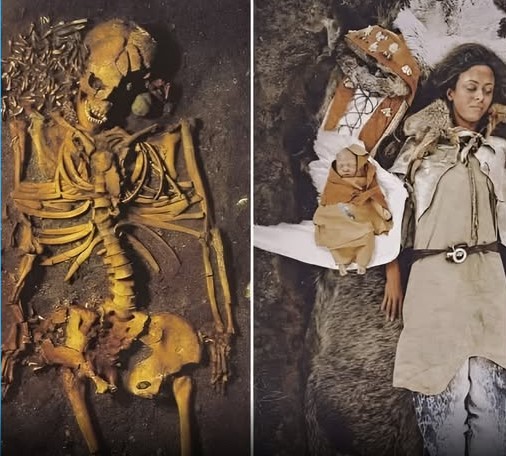
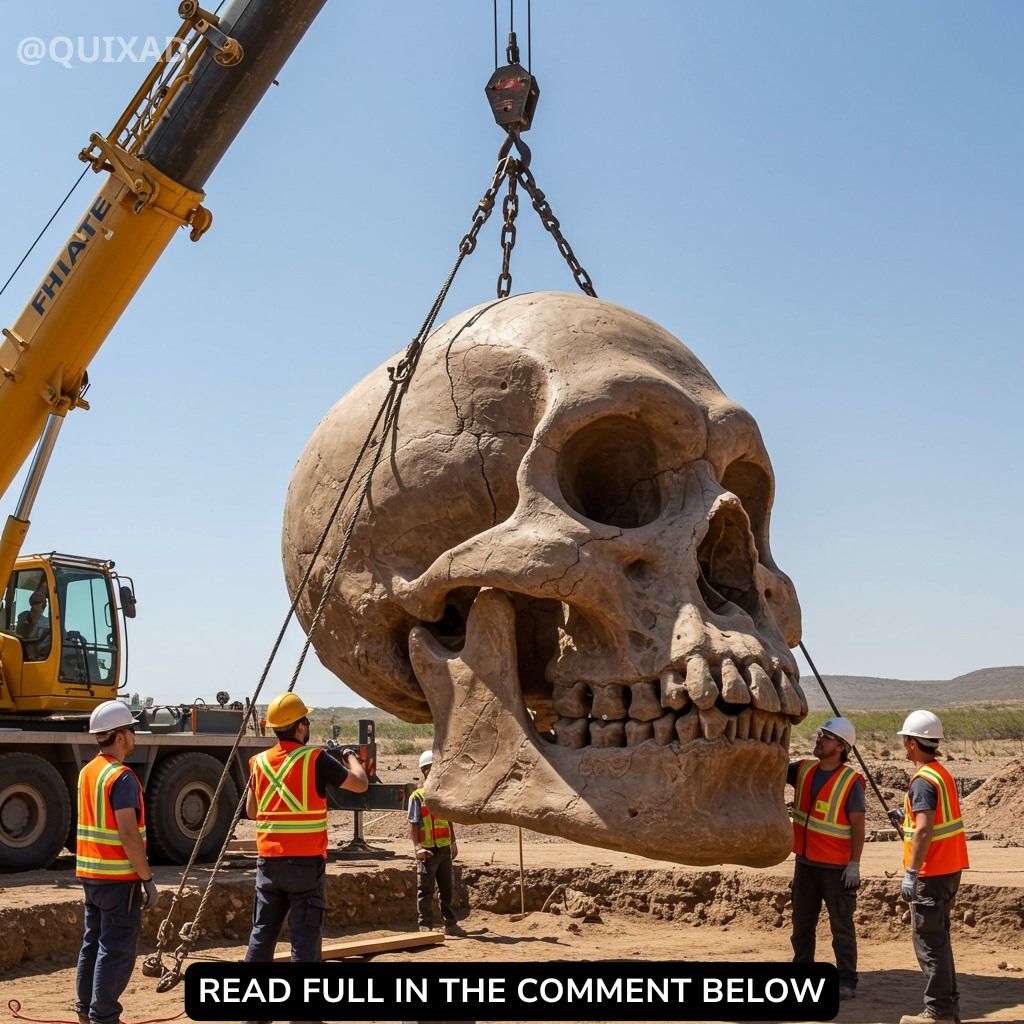

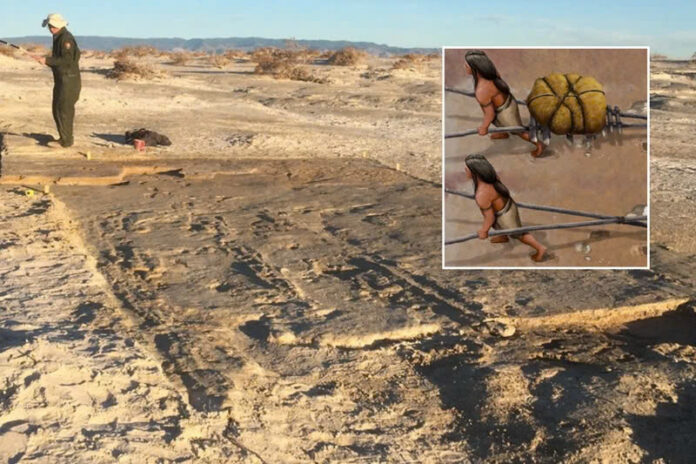
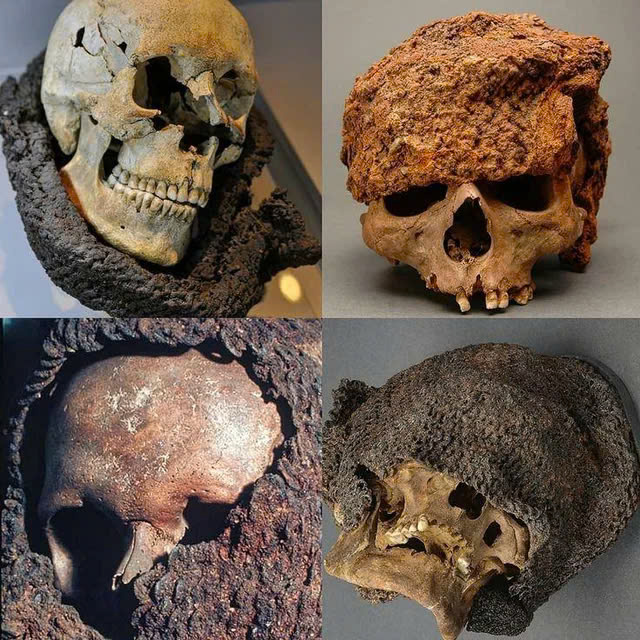

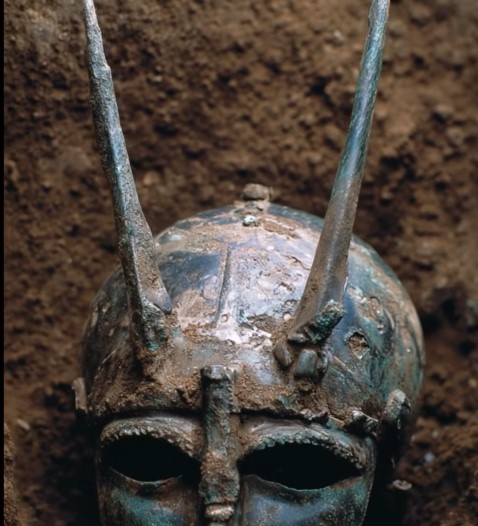

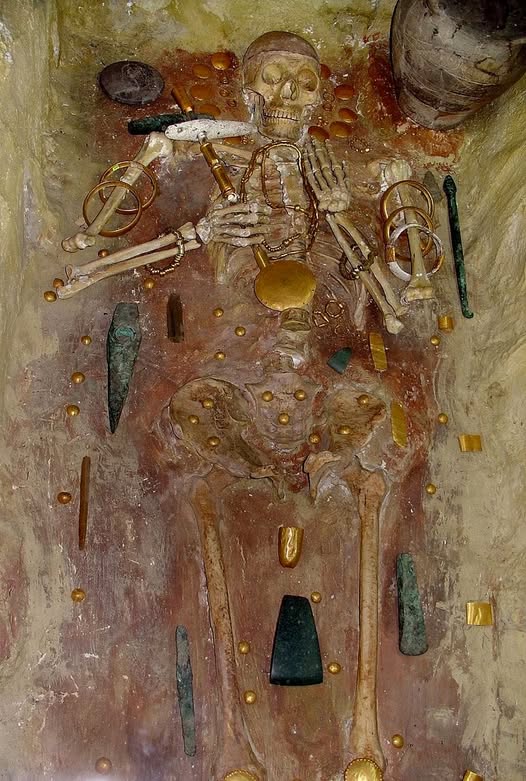


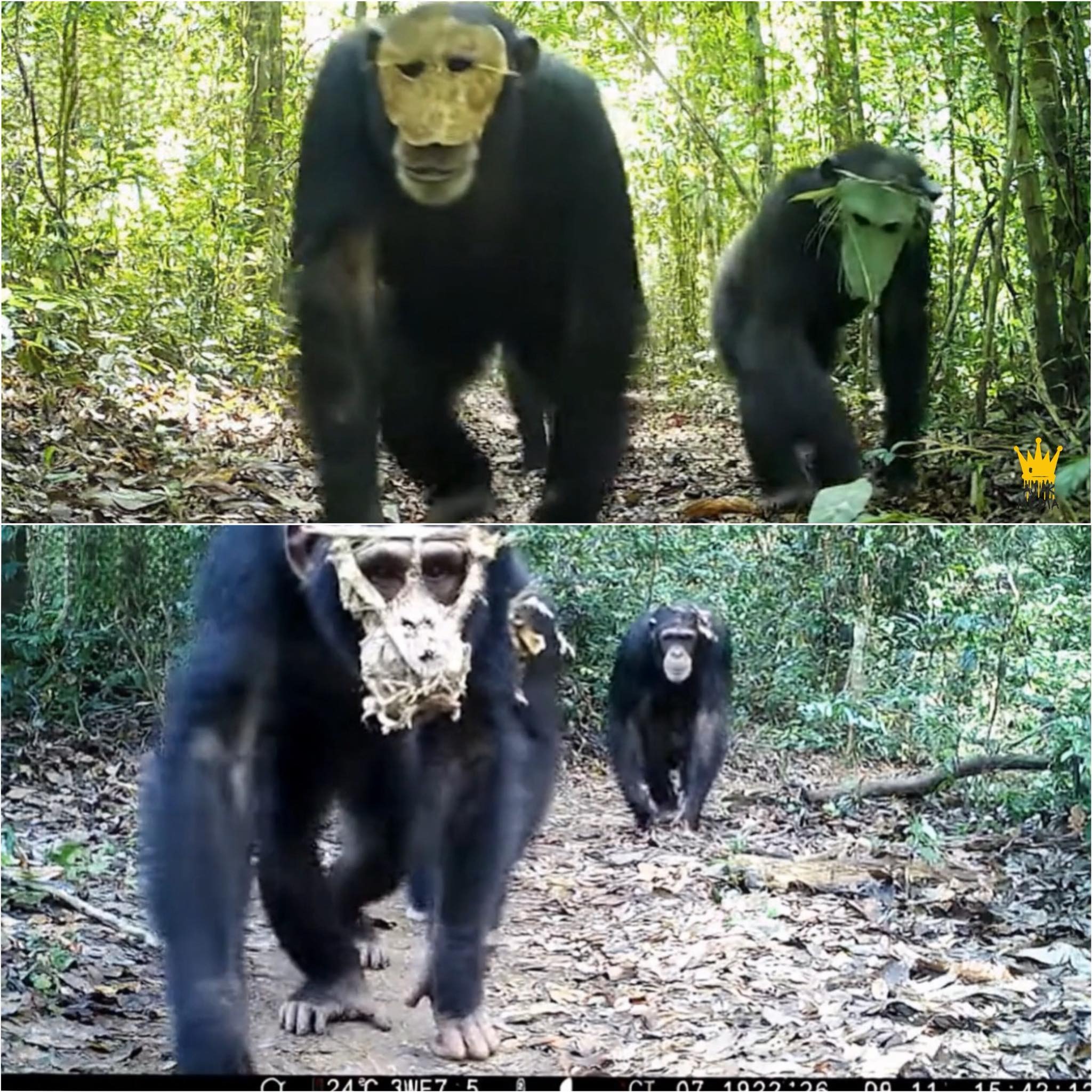
Leave a Reply